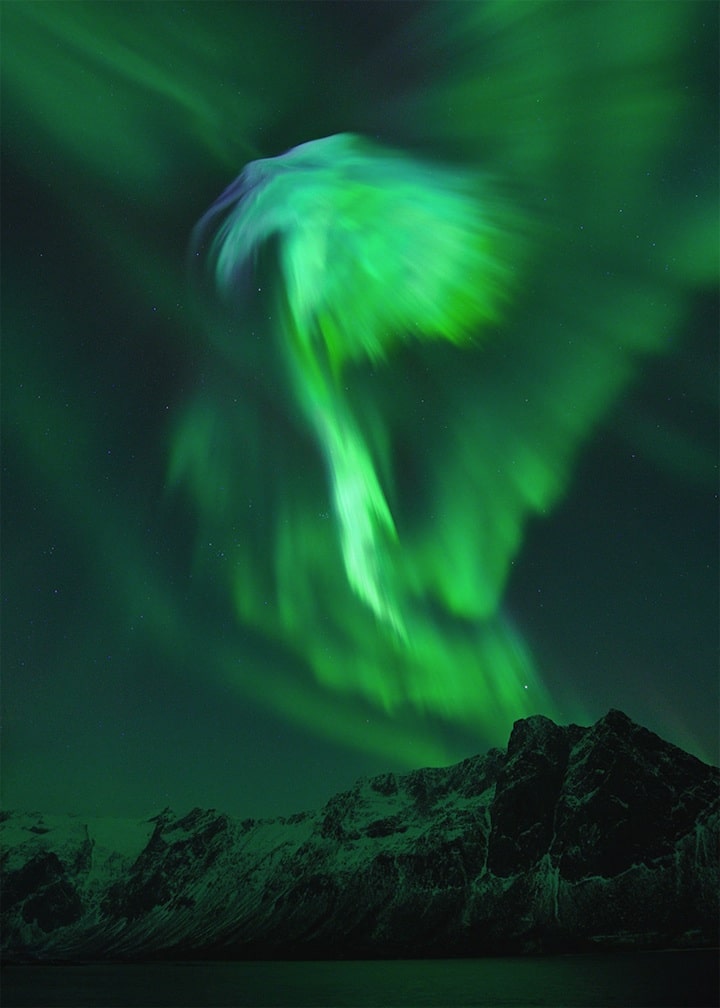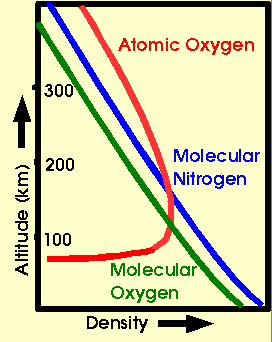

Seeing an aurora has been on my bucket list since as soon as I could brag to my childhood friends the name of the Disney princess was actually a freaking awesome astronomical phenomena.
Auroras form from energized particles (predominantly electrons) accelerate across Earth’s magnetic fields, colliding with our gasses and creating photons! Their colors of the aurora are determined by which gas atoms and molecules the particles collide with. Check out the graph below, which shows how the gas dispersal in our atmosphere at different altitudes creates the different colors of auroras. The colors of their lines relate to the predominant color the particle collision with these gasses create. WICKED, huh?!

They start as still east-west bands, until they suddenly “dance” across the sky in waves. Then the aurora will break in to numerous arcs and continue its dance travelling towards the south
Recently we experienced the largest solar flare in 6 years, which triggered beautiful auroras in even lower altitudes than they usually lie, and at intensities that staggered seasoned aurora scientists. Below is a SPECTACULAR video that shows the truly unbelievable range of movement and speed of a recent auroral substorm… but most importantly which most aurora time lapses don’t show–humans! Marvel at the sheer scale and speed of movement of these phenomena! What’s even more exciting is, the sun is likely to become even more active with solar storms in the next few months and years! BRING IT, YOU HOT, MASSIVE SPHERE OF PLASMA AND MAGNETIC FEILDS.
Lights Over Lapland Photo Expedition video of CME impact on 1-24-2012 from Lights Over Lapland on Vimeo.
The photo above was taken by Bjørn Jørgensen. It and many more shots of the recent flares can be seen here.
Learn about NASA’s Themis mission which studies auroral substorms and other space weather here.
Jim posted another aurora time lapse video almost a year ago that is QUALITY.
Graph via the Geophysical Institute at University of Alaska.
Peace, love, and photons!




